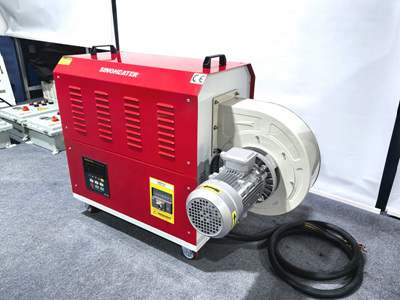In the repair of electronic products, when using a hot air blower to heat the solder joints, it is necessary to master key skills such as temperature, wind speed, heating time and nozzle selection. The following is a detailed introduction:
Temperature control: The temperature setting of the hot air blower is of vital importance and is generally controlled between 300℃ and 400℃. The specific temperature needs to be adjusted according to the type of solder and the size of the component. For instance, when welding small components, the temperature can be appropriately lowered. However, when welding large-area metals (such as the large copper foil of the ground wire), the temperature needs to be appropriately raised.
Wind speed adjustment: Excessive wind speed can cause solder to splash. Therefore, it is recommended to use a medium wind speed for heating to provide a stable heat source.
Heating time: The heating time needs to be flexibly adjusted according to the size of the component and the type of solder. It is generally recommended to heat gradually and observe the melting state of the solder to avoid overheating and damaging the substrate. For larger components, the heating time may exceed 60 seconds.
Nozzle selection: Hot air blowers are usually equipped with nozzles of different specifications. Conical nozzles are suitable for concentrated heating of small area components, while wide-mouthed nozzles are suitable for heating large areas. Choosing the appropriate nozzle can effectively enhance the concentration of hot air and improve maintenance efficiency.
Operation skills:
Before heating the solder joints, it is necessary to ensure that the working area is clean to avoid interference from oil stains and dust.
When heating, the nozzle of the hot air blower should be kept at an appropriate distance from the weld point (generally recommended to be 10 to 15 centimeters) and moved evenly to avoid local overheating.
During the heating process, tools such as tweezers can be used in combination to quickly remove the components after the solder melts.
Safety precautions:
When using a hot air blower, be sure to wear protective gloves to avoid scalding from high temperatures.
When operating, keep the hot air blower stable to prevent hot air from blowing directly onto the skin or flammable materials.
After the maintenance is completed, the power supply of the hot air blower should be turned off and it should be waited for to cool down before being stored.



